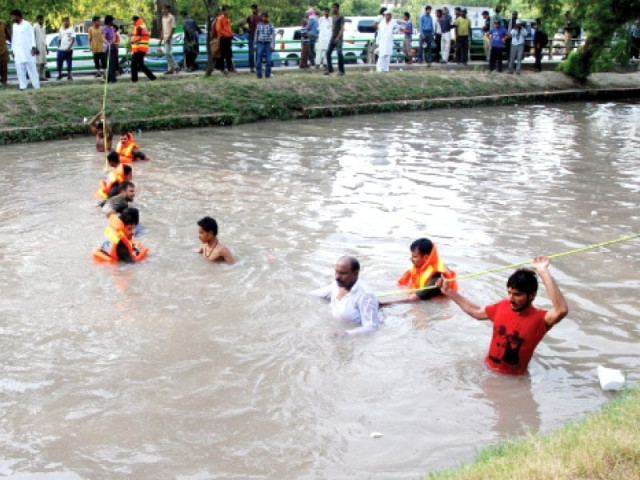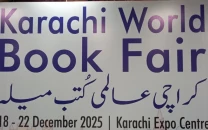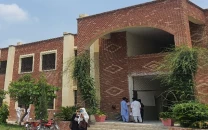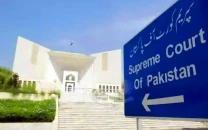BRB Canal turns into a waste dumping site
The BRB Canal supplies irrigation and drinking water to nearby settlements like Jallo Mor and Attoke Awan

“Cleanliness is half of faith.” From politicians to religious clerics and even schoolteachers, the aforementioned pearl of wisdom manages to find its way into nearly every public address in the Islamic Republic of Pakistan. Yet the irony is that neither the citizens nor the government appear to have any interest in fulfilling this half of their religious identity.
The Bambawali-Ravi-Bedian (BRB) Canal constructed in 1958, is a 148 feet wide and 16 feet deep canal, which carries water from the Chenab River through Bambawali and the Ravi Syphon, before extending to Bedian, from where it branches into two channels, one of which takes the shape of the famous Lahore Canal. Besides supplying irrigation and drinking water to the nearby settlements, the BRB Canal, beyond its agricultural importance, has also served as a defense line for Lahore during the 1965 and 1971 wars between Pakistan and India.
In recent years however, the canal has been turned into a dumping site due to the flowing of sewage water and disposal of household waste from nearby settlements, including areas like Jallo Mor and Attoke Awan. Since the BRB Canal is quite deep, the waste thrown into it is less visible when the water flows; however, once the canal is closed, it becomes evident that it is gradually turning into a large polluted drain in the backdrop of insufficient desilting carried out by the concerned authorities.
“Households located near the BRB Canal regularly dump their waste into the water channel. The Lahore Waste Management Company (LWMC) has only placed one trash bin along the canal and instead of using it, people dump their garbage directly into the canal,” observed Abdul Rehman, a resident of Jallo Mor.
Similarly, Malik Muhammad Shabbir, resident of another area surrounding the BRB Canal, revealed that it had been 10 to 15 years since the Punjab Irrigation Department used to send its staff for cleaning the banks of the canal. “No desilting or cleaning activity has been carried out in several years. Even when the canal is closed during the desilting season, no one comes to clean it hence one can spot several feet of waste accumulated in the water channel,” shared Shabbir.
According to Dr Sadia Khalid, an environmental expert and founder of a non-governmental organization (NGO) working on raising awareness on climate change, the current polluted state of canals and rivers associated with the city was unfortunate.
“The mixing of sewage water in the BRB Canal will pollute the water that is used to irrigate agricultural land in the nearby areas. Furthermore, since thousands of people bathe in this water, human instigated pollution can gradually affect the flow of the water. Additionally, the BRB Canal is our defense line against India, so special attention needs to be given to its protection and upkeep,” advised Dr Khalid.
Talking to the Express Tribune on the matter, Ali Ejaz, Deputy Director of the Environment Protection Department, affirmed that dumping garbage and sewage into rivers and canals was illegal. “However, it is the responsibility of the Punjab Irrigation Department and other agencies to take steps to prevent the dumping of sewage and waste into the BRB Canal,” claimed Ejaz.
On the other hand, Burhan Zaheer, Sub-Divisional Officer at the Punjab Irrigation Department, maintained that it was the responsibility of the LWMC to manage garbage disposal and sewage draining. “We also take action against such activities by running awareness campaigns which advise people not to throw waste into the canals,” concluded Zaheer.



















COMMENTS
Comments are moderated and generally will be posted if they are on-topic and not abusive.
For more information, please see our Comments FAQ